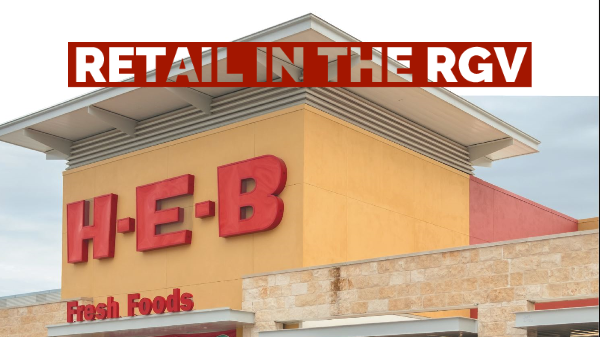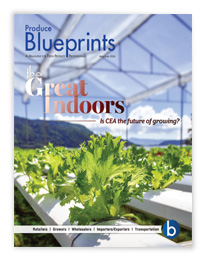The irreverent website, Buzzfeed ran a list, “25 Signs You Grew Up in the Rio Grande Valley.”
Here are few of the more interesting entries: (#9) Eating nothing but tamales from Thanksgiving till New Year’s; (#14) Day trips to Mexico for delicious street tacos actually made on the street; (#15) Purchasing fresh fruit from the back of a pickup truck; and (#19) Shopping at the H-E-B as a mini class reunion.
If you’re from the Valley, you’ll probably smile with recognition. If you’re not, it provides some insight into this unique region that’s not quite Texas and not quite Mexico.
Thrifty but discerning customers
The Valley’s population is defined by two dominant features: Hispanic (90 percent) and under age 35 (59 percent). Though the area’s largest metropolitan areas—McAllen and Brownsville—are some of the fastest growing and business-friendly, a large part of the population remains economically challenged.
Because of the density and income factors, the Valley doesn’t have the population to support a cadre of specialty grocery retailers like Sprouts, Whole Foods Market, and Trader Joe’s.
The leading grocery chain in the region remains powerhouse H.E. Butt Grocery Company or H-E-B BB #:106490, headquartered in San Antonio, with 396 (as of 2019) units of which 33 are in the Valley.
Walmart BB #:143789 is the next most prominent with 14 units in the four counties (Starr, Hidalgo, Cameron, Willacy) and both chains board everyday low pricing, which is a major attraction for Valley shoppers.
While low prices may rule, it doesn’t mean shoppers aren’t shrewd.
Gary Huddleston, grocery industry consultant for the Texas Retailers Association, says, “The quality of produce is very important to Valley consumers. They value variety and freshness. Quality fruits and vegetables are abundant in the Valley due to proximity to local and Mexican growers. Many people in the region are employed in agriculture, so they support local growers because they’re their neighbors.”
Joseph Bunting, produce director for The United Family, BB #:158433 which operates 95 stores under five banners in Texas and New Mexico (including United Supermarkets, Market Street, Amigos, and United Express), adds, “Logistically, there’s an advantage to being close to the border—most product goes through RGV warehouses before being shipped.”
Michelle Cortez, sales manager for Empacadora GAB, Inc., BB #:139777 an importer, shipper, and processor in Laredo, says, “Local retailers are geared toward Mexican produce that caters to the very specific tastes of the RGV, focusing on a limited number of commodities including onions, jalapeños, peppers, and tomatoes.
“The way Valley residents consume produce is very different from in Corpus Christi or San Antonio. It’s used more as an ingredient rather than standing alone,” continues Cortez.
“McAllen is one of the fastest growing communities in the United States, but it’s still very entrenched in Mexican roots and culture.” Further, she notes, “Residents of the border regions like to keep in a culinary comfort zone; Mexican food combines comfort and clean tastes—that’s why it’s been so influential.”
This is multi-part feature adapted from the Rio Grande Valley Supplement in the January/February 2020 issue of Produce Blueprints.



